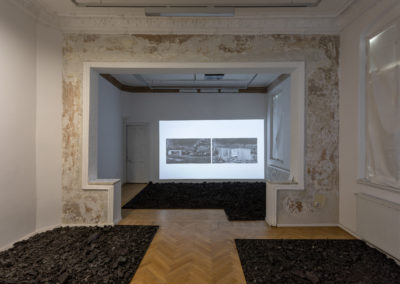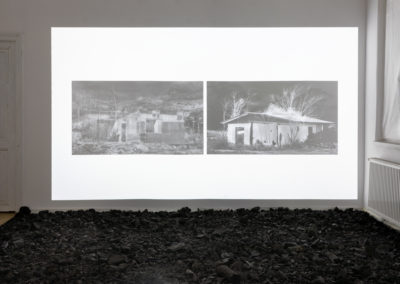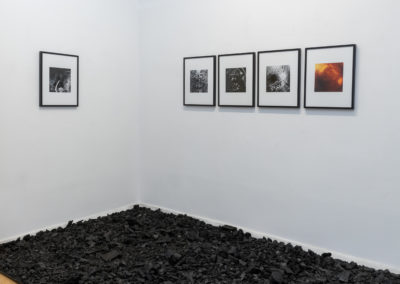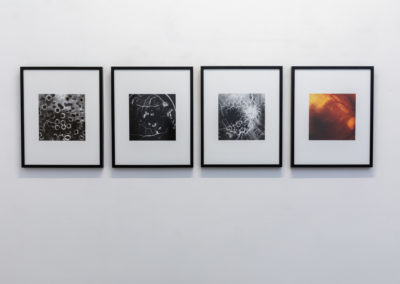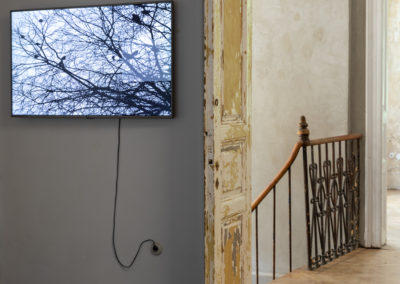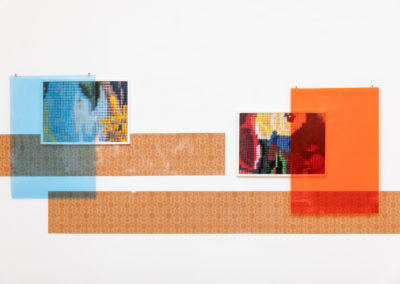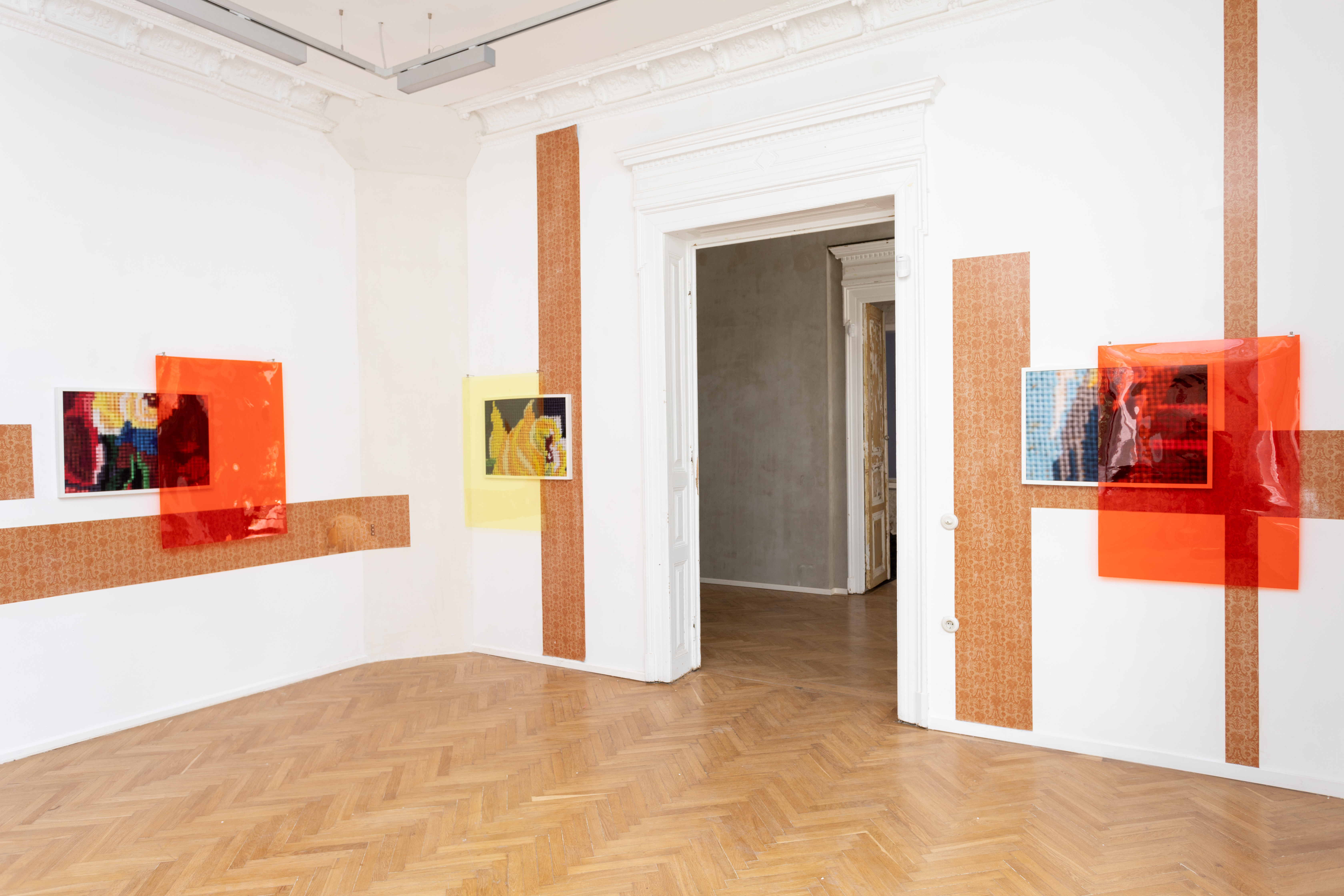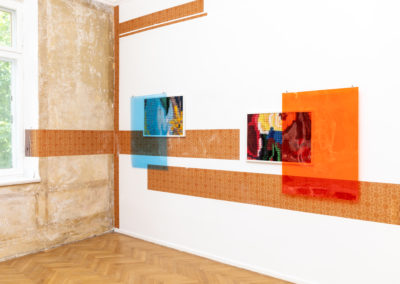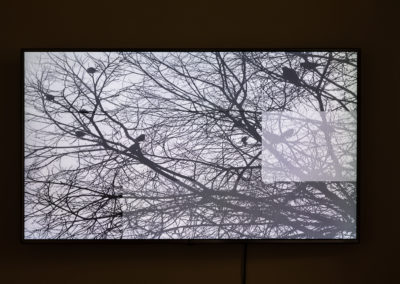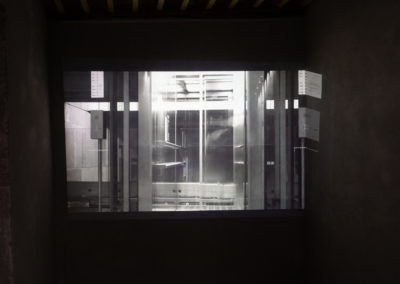Orit Ishay focuses on photography, video and neon installation. In her work she explores human-place relations and interactions, and seeks to raise social and mental questions by focusing on the ways identities are constructed. Ishays’ representations of reality is seductive, deceptive, and aesthetic.
Her work has been shown in solo and group exhibitions In numerous contemporary fine art museums and art institutions. Her works are in public and private collections such as Israel Museum Jerusalem, MUMOK Museum of Modern Art Vienna, MOCAK Museum of Contemporary Art Krakow, The Israeli Center for Digital Art Holon, among others.
Ishay is a senior lecturer of photography at the Sapir Academic College School of Art. She graduated from the advanced art studies at Hamidrasha School of Arts, Beit Berl (2012, with honors); David Yellin College of Education Arts Track, Jerusalem (2007, with honors); and the Photography Department at Musrara School of Photography, Jerusalem (2006, with honors).Ishay has won numerous awards and grants, including: Art Lane Found Grant (2023), Artis Contemporary Art Association Grant (2022), the Ministry of Culture and Sport Creativity Encouragement Prize (2021), the Rabinovich Foundation for the Arts (2009, 2020), artist residency and solo exhibition grant in ARAC Bucharest, Romania (2018), Video Art Grant from Petach Tikva Museum of Art (2015), artist residency in MuseumsQuartier 21, Vienna, Austria (2014), Jerusalem Print Workshop (2012), America-Israel Cultural Foundation Scholarship (2006-2008).
our house is cut out of soft wallpaper
Artist: Orit Ishay
12.05 – 25.06.2023
Curated by Cristina Stoenescu
Anca Poterasu Gallery, Bucharest

Starting a conversation on displacement and its implicit acts of hospitality and hostility, Orit Ishay’s solo show at Anca Poterasu Gallery in Bucharest, Romania, reaches out beyond cartographies and conflicts, focusing on rising fears both past and future-bound, as well as feelings of nostalgia, in the attempt of creating a shared experience of empathy, in the vein of Svetlana Boym’s, words: What is crucial is that nostalgia was not merely an expression of local longing, but a result of a new understanding of time and space that made the division into “local” and “universal” possible, in imagining the future with hope.
Orit Ishay, based in Israel, whose own family past is linked to the history of war and forced migration from Eastern Europe, frequently addresses themes connected to relations of power, questions of identity and socio-cultural paradigms. Within her new solo show, Orit Ishay focuses on key elements of shifting spaces of home into nowhere places of doubt, fear but also of endurance and memory, caught in a sea of polarities and shifting border
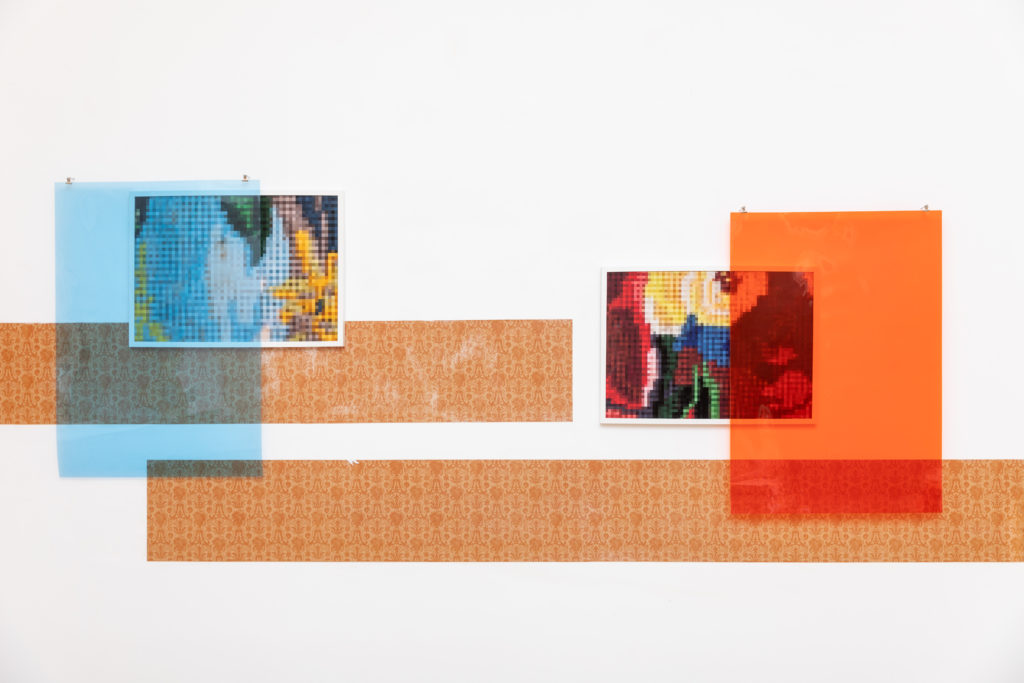
At its core, the show plays on opposite forms in human behavior when faced with changing contexts, caught in-between instincts of fight or flight, running towards, and running from, questioning the illusion of choice. A home, with its comforts and mysteries, in Gaston Bachelard’s terms (the Poetics of Space), reveals itself as a construct that appears before our eyes, in an undiscernible time and space, assembled and brought into focus, with ”our own daydreams, longings and memories – those inner landscapes from which new worlds can be made.” Home becomes in this sense a cutout of our own lives, peeling away from the fast-paced background of our interwoven histories.
Through works such as I can/I can’t (neon work, 2010) and ManaManot (video, 2013), Orit Ishay underlines the nuances between personal stories and the seemingly unmovable and arbitrary socio-cultural contexts that affect lives in irreversible ways. She produces new photographic work specifically for the show, within in-situ installations that further build up to a momentum of a back-and-forth dance between certainty and loss, between uncertainty and shelter, between doors of no-return, as the poetical writer Dionne Brand would imagine.
Orit Ishay aptly builds up to subtle whispers of details that one might usually miss out on, by extrapolating, editing, creating deconstructions of the heart of the heart of social and political imageries and meanings of home and the solitude of leaving it. In its center, there is a subjective, yet lucid observation on how history leaves a mark that interconnects us through borders and time.
ARAC is a non-profit organization founded in June 2012, in order to produce and promote contemporary art in Romania and abroad. The initiative of the 58 Plantelor Residency belongs to Anca Poterasu, gallerist and ARAC President. The first edition of the Residency took place in 2015 and it was financed through a grant offered by Norway, Iceland, Liechtenstein and the Romanian Government.

